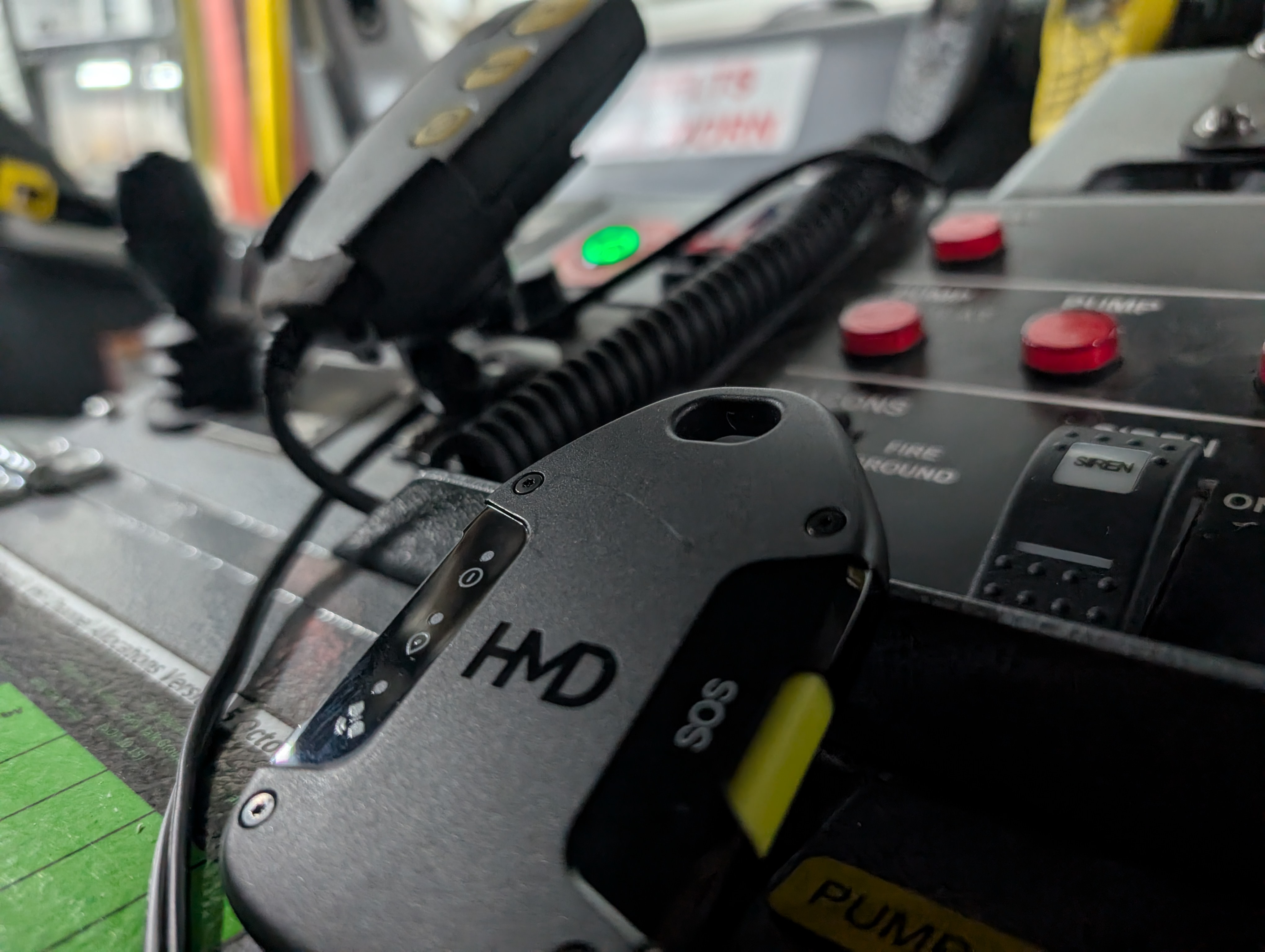
It’s extremely hard to find a place to start off with the Xperia Arc (or just Arc from here on in). Coming from the same company that brought you the Xperia X10, you would instantly think the Arc is a dud and should be avoided at all costs. Well it isn’t, it is far from that. I’m going to go out now and say this device will be one of the best single-core devices of 2011. It’s fast, it’s sexy, it’s feature packed and it’s not the X10. In this review I hope to point out the massive improvements over the X10 and also fill you in on any problems I faced using the Arc over the past 2 weeks. Hit the break to get into it, as always.
Pros..
- It’s sleek and sexy – exceptionally well-built (though a little plastic-ish)
- It’s fast and fluid – more so than the Atrix (which is dual-core)
- Great multimedia functions (camera, audio)
- Thin & light!
- One of the best displays on a mobile device
Cons..
- Reversed button layout compared to the X10
- Notification LED is on the side of the device, so not easily seen
- Awkwardly positioned power/lock button that is hard to press
- No front-facing camera, though not a big deal
Hardware
At first glance the Arc looks a mirror image of the X10, but hey, I’m not arguing the X10 was and still is a sexy device, it just sucked horrifically. But the Arc is here to change that, just imagine everything that was bad in the X10 (ie. everything) being good and actually functional. The Arc is powered by a single-core 1GHz snapdragon CPU with Adreno 205 graphics. I make the point of saying it’s single-core as the Arc feels much snappier and the UI is much smoother than the Atrix which is a Tegra 2 dual-core device. With that, I shall tell you in a bit more detail about the hardware of the Arc.

Build..
Being that it’s built from mainly plastic, the Arc is exceptionally light yet still feels like a premium device. It measures just 8.7mm thick at its thinnest point which is the centre of the device where the back curves inwards. Sony Ericsson say this curve is beneficial as it sits nicely in your hand. I say it doesn’t make all that much of a difference, but it looks really cool. SE have opted to use physical buttons (yay!) under the display, the three of them being back, home and menu, which is the reversed order of the Xperia X10 (nay!).
The top of the device is where you’ll find the micro-HDMI output which has its own little cover to stop dirt and other debris from damaging the connector. Next to that is the power button, which is really quite small and awkward to press when holding the Arc with one hand; one of the few gripes I had with the phone.
On the right side of the Arc is where you’ll find the micro-USB connector, notification LED (I think it just blinks blue & green), volume rocker which is surprisingly small and dedicated camera button which when long pressed will take you to the camera app. When in the camera app, half pressing the button will force the camera to focus.
The left side of the device is the home of the 3.5mm headphone jack, which would face downwards when using the phone in landscape mode. I found this quite handy and audio quality was very good.
You’ll find the first microphone, lanyard holder and back cover removal point at the bottom of the device and on the back is the 8MP shooter, LED flash, loudspeaker (emphasis on loud) and the second noise canceling microphone. I think every phone nowadays should come with a second noise canceling as it just makes sense, the sound reduction is very good and I was heard clearly by Chris when he gave me a call.

Display..
Sony Ericsson brought in the expertise of Sony to implement the Bravia Engine for mobile into the Arc. But what does this really mean? It means the display of the Arc, although LED-backlit LCD, has the colour depth and definition of an AMOLED display. The colours are so nice and clear and on close inspection it’s really hard to make out the individual pixels, which you would think could be easily seen as this is a 4.2″ display with 854×480 pixels.
The Arc’s display is the second best I’ve seen, only second to the Samsung Galaxy S which of course utilises Samsung’s own Super AMOLED technology. It’s also really responsive, I didn’t have a point in time where I was left waiting for a press to register or having a press register somewhere where I didn’t press. The previous was a massive problem on the X10 but has been put to rest on the Arc. The display is also really dark behind the glass, the same way an iPod Touch or iPhone look. It’s a really nice design feature, and I like it a lot.
It was reported a few months back that the Arc is technically possible to take 32 simultaneous touches on the display, though I found Sony Ericsson have limited this to 4 simultaneous touches, which isn’t a big deal. There’s really no use for more than 2-3 fingers on your phone’s display at any one time. I also found that the Arc doesn’t have an ambient light senor, meaning that it can’t automagically adjust the display’s brightness, so you’ll have to do that yourself. I left it on full brightness all day and lowest brightness all night, it worked well.
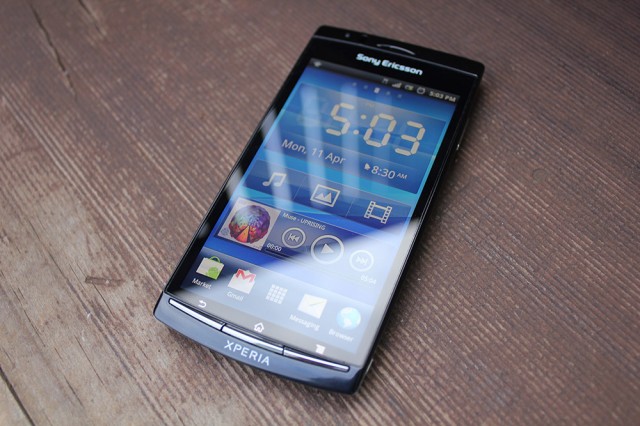
Camera..
Sony Ericsson have become well-known for their multimedia capabilities and the Arc is no exception to this legacy. Fixed to the back of the Arc is an 8MP shooter which will not only shoot top-notch photos, it will also shoot 720p HD video with continuous autofocus which is a pretty big deal. If I can recall correctly I believe it’s just the X10 and the Arc (which have been released in Australia) currently capable of continually autofocusing whilst recording video. It’s just a nice feature to have and it works quite well. The camera app is a custom designed one by Sony Ericsson and allows easy access to all the different functions at your disposal, one of the functions missing though is the ability to add effects to photos, but that’s nothing a third-party app can’t fix.
Photos and video below for your viewing pleasure, you’re welcome
[nggallery id=72]
Oh yeah, Blunty put up a video comparing the Xperia Arc camera to the iPhone 4, check it out.
Battery..
I used the Arc quite heavily during the time I’ve had it. I listened to music, streamed video, browsed the web and had Wi-Fi pumping most of the time and I managed to get a good 12 to 14 hours of use out of it. If you were to turn off syncing and don’t listen to all that much music then you won’t have a problem getting a full day out of the battery. Like every other phone on the market, it’s not great, but it does the job, just.
Software..
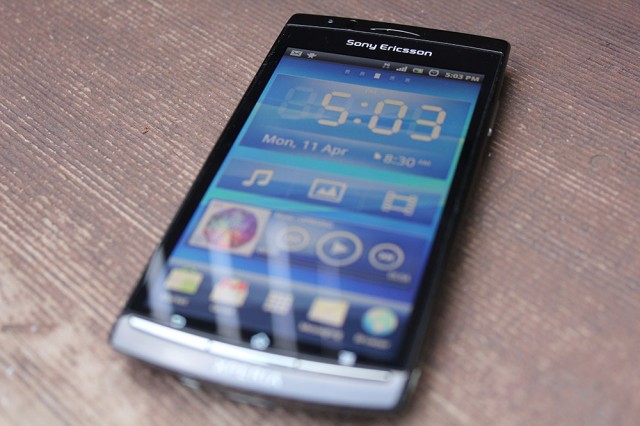
Do you remember TimeScape and MediaScape on the X10 and how every part of the device seemed to lag and make you want to throw it through a window, or was that just me? Anyway, the Arc’s software is extremely well designed, none intrusion and generally good-looking. TimeScape has been transformed from the resource-hogging app that it was and is now really fluid and almost usable. Though we don’t see why we’d use an app that congregates all our social interactions into one pretty featureless app, when we could just use the individual Facebook & Twitter apps and have more features. MediaScape has also been killed back a bit to be easier on the CPU and memory usage. It no longer has 20,000 menus to go through before you get to your music, instead it’s now just a themed music player with a few cool features such as the infinite button which will search YouTube for music videos. It has a very basic layout, with basic controls and an equaliser, which is what I want from my music player.
All the other default applications on the Arc have had the Sony Ericsson make over and all look very nice. They’ve also done a great job at making everything load fast and having all the animations and scrolling work so fluidly, I mean it’s pretty much level with the fluidness of the iPhone. The only advice I have for Sony Ericsson in regards to the apps is at least make the icons look nice, I mean the Bravia Engine display makes colours look so good, yet they’ve gone and used bland white & grey on most of their app icons. Lame.
The other major change to the Arc is the implementation of a new homescreen launcher. The X10 used a skinned version of the 2.1 launcher, but Sony Ericsson have gone all out with the Arc and have made their own launcher, which is very similar to that on the X10 Mini and X10 Mini Pro in the way that it has all the apps pop in a glass window and you swipe across to get to more apps, just like you do on the Samsung Galaxy S or iPhone.
I did have problems when launching an app then closing it quickly would lead to the app being stuck as the wallpaper whilst on the home screen. Swiping across the home screens would reset the wallpaper back to normal and everything was good as gold again. All in all this is the best skin I’ve seen on Android that isn’t intrusive and doesn’t interfere with the way Android works.
Benchmarking..
Seeing as though I have a plethora of Android devices on hand, I thought I’d benchmark them all and record the results below.
| Neocore (Frames/sec) | Quadrant (Higher = better) | |
|---|---|---|
| HTC Desire | 28.1 | 1240 |
| Huawei IDEOS X5 | 45 | 1375 |
| Sony Ericsson Xperia Play | 59.8 | 1351 |
| Sony Ericsson Xperia Arc | 58.3 | 1579 |
| Motorola Atrix | 54.1 | 2801 |
Conclusion..
The Sony Ericsson Xperia Arc is the device I’ll be recommending to almost anyone who asks me which Android device to go for. It’s fast, it’s sexy and it does the job extremely well. Sony Ericsson know they stuffed up with the X10, and that has motivated them to produce an array of devices that take their user experience to a whole new level. The Arc is the by far the best looking of the second generation Xperia series and is packed full of features so Android pros (like you guys) and people new to Android.
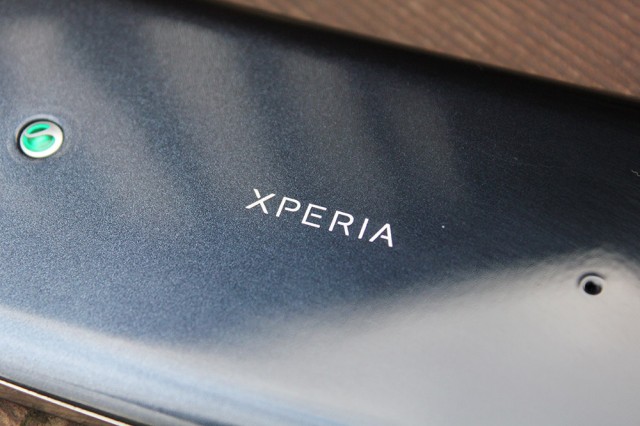
If they Samsung Galaxy S II and HTC Pyramid don’t live up to the hype they’re creating, I’ll have no hesitation in purchasing myself an Xperia Arc. Well done, Sony Ericsson, it’s not often I’ve been able to praise you, but you deserve it with the Arc.

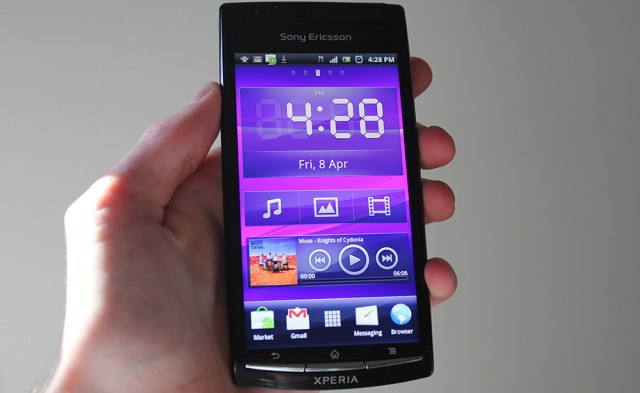


.jpg)
